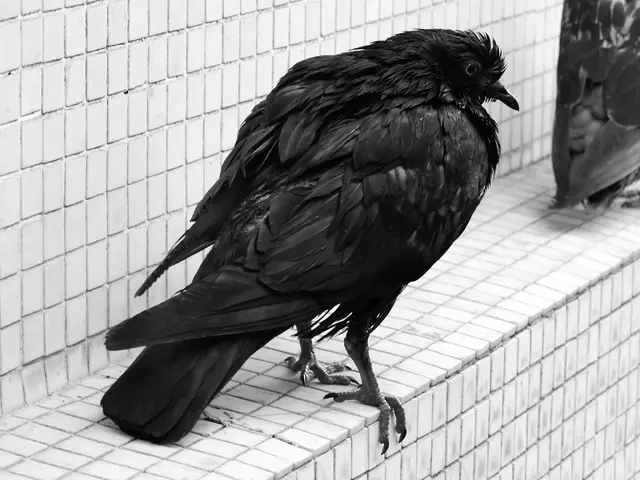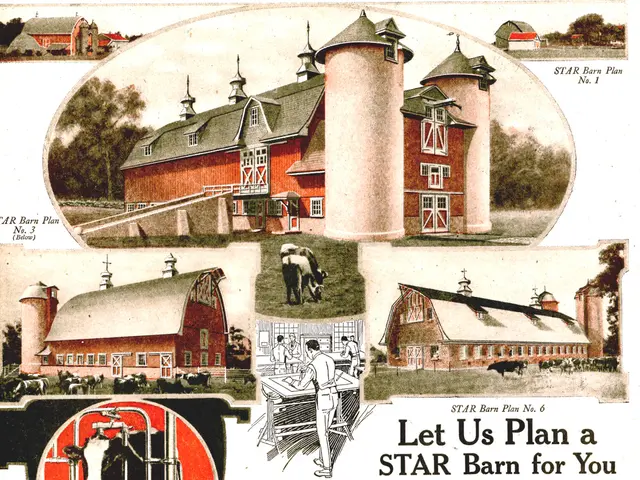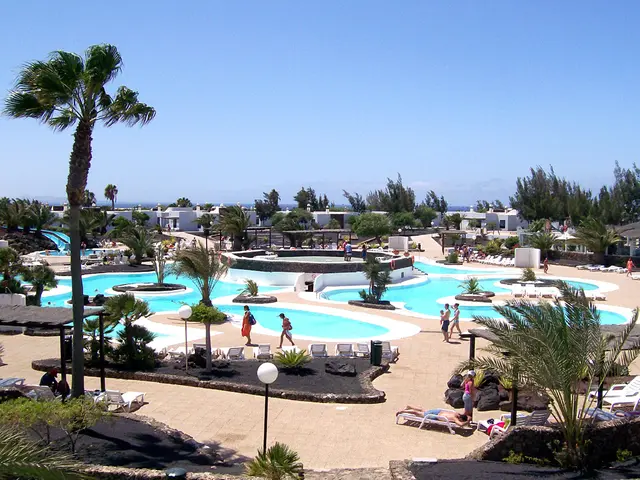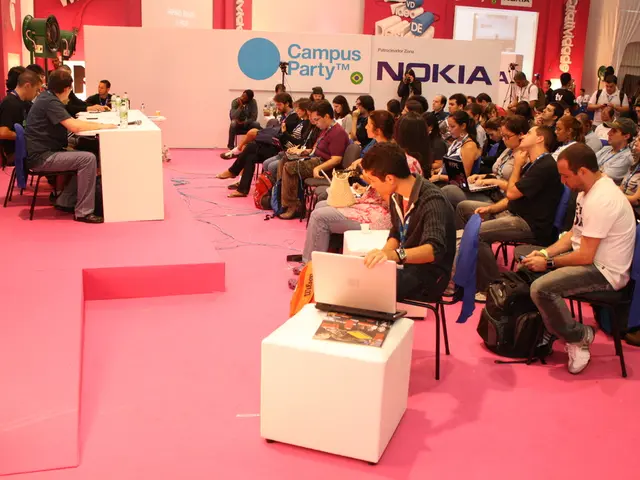The Emergence of Health Tourism in Altai Region
Altai's Ancient Healing Roots: A Journey Through Time
Discover the hidden gems of Altai, where traditional healing practices intertwine with stunning landscapes and a rich cultural history. From the early 1730s, this region has captivated travelers seeking a respite from life's troubles, thanks to its miraculous mineral springs and therapeutic waters.
Today, Altai stands as a thriving tourist destination, but its transformation began long ago. For centuries, indigenous people, settlers, and explorers have all found solace in the healing power of Altai's land.
The Legend of the Healing Waters
For the locals, these springs have long been considered sacred repositories of life force, revered as far back as the 18th century. These holy waters, known as "arzhany," played a crucial role in Altai folk medicine.
Historical accounts, as described by local scholar Sergei Isupov, reveal that visiting these springs often entailed a series of preparatory rituals, including offerings, and the participants themselves needed to be "pure" - avoiding alcohol, mourning, intimate relations, or any other life's hardships for a set duration.
The Silver Spring: A Miracle at Biya
Long before the establishment of the renowned Sunrises over Biya sanatorium, the Silver Spring was just a hidden gem, known for its healing properties. This legendary watering hole became a hub for the local Cossack village of Stan-Bekhtemir, and later for the Russian settlers.
Dmitry Eroshkin, senior researcher at the Biysk Local History Museum, explains that the area was part of ancient nomadic tribes' territories, which the settlers named Bi-Te-Mur, or "holy waters flowing into the Biya." By the mid-18th century, a Russian fortification called the Bekhtemir outpost had been built in the area, and by 1754, the commander of Biysk fortress reported to the Tomsk chancellery about the spring's healing capabilities.
The Magic Cure for Bone Ache and Boils
Colonel Petr Chotov, commander of Biysk fortress, was among the first to harness the healing power of the Silver Spring. In the late 18th century, he ordered the use of the "silver water" to treat soldiers' ailments, primarily for pain relief, dryness, and ulcerous boils.
Wild Honey and the Pursuit of Health
Altai's therapeutic touch extended beyond just water, as documented by Sergei Isupov in the 1980s during his time at the Biysk Local History Museum. He unearthed a rare pre-revolutionary postal card mentioning a man named P. Mitrofanov, who had been given a clean bill of health by spending time in Altai, immersing himself in mountain air, and undergoing treatment with wild honey at Chernya. This message is considered one of the earliest records of nascent health tourism in Altai.
"Dachniks" and "Airers": Trendsetters of Healing Tourism
By the turn of the 20th century, tourism in Altai had become a mass phenomenon, fueled by the burgeoning resort and health industries. Tourists were affectionately dubbed "dachniks" and "airers" – names that conveyed the aristocracy's desire to escape city life and immerse themselves in the unique Altai climate and the healing powers of its conifers and radon.
The era of balneological tours introduced popular destinations such as the Rahmonovsky Springs, Belokurikha, and Chemal, along with koumiss farms in Black Anui and Tyudraly. Simultaneously, educational tourism also saw growth, with trips to Teletskoye Lake, Belukha, and the Uyamon Valley.
The Birth of Tourism: The Russian Tourist Society and Altai
1901 marked the inception of the Russian Tourist Society (RTS), which arranged luxurious excursions for the empire's elite, including visits to Altai. These trips included stays at Biysk, Teletskoe Lake, Chemal, and Belokurikha, fostering a budding interest in Altai's natural wonders among the masses.
Altai: A Creative Sanctuary for Enthusiasts
Among the fervent promoters of Altai's health and educational offerings were P.V. Ornatsky, publisher and editor of the Biysk newspaper "Altai," and I.I. Rychkalov, a well-known local historian, photographer, and sports hunter. The area's unique charm continued to intrigue travelers, drawing in thousands eager to revel in the healing waters, fresh mountain air, and therapeutic hikes.
In the end, the Altai region's healing tourism has developed significantly over centuries, reinventing itself to cater to the diverse needs of travelers seeking solace and rejuvenation. As we continue to uncover and recount the rich tapestry of Altai's history, we are reminded of the deep-rooted connection humans have with nature, our quest for healing, and our shared desire to seek out the extraordinary in this world.
- In Altai, traditional healing practices are intertwined with the region's stunning landscapes and cultural history, making it a unique destination for health-and-wellness enthusiasts interested in exploring ancient rituals.
- Altai's mineral springs and therapeutic waters, such as the Silver Spring of Biya, have been revered since the 18th century, playing a crucial role in traditional Altai folk medicine and local rituals.
- The Silver Spring, known as "arzhany," was essential for early treatment of rheumatism, bone ache, and boils, with Colonel Petr Chotov, commander of Biysk fortress, using the "silver water" to treat soldiers' ailments in the late 18th century.
- Altai's health benefits extended beyond water, with recorded instances of travelers seeking respite in wild honey treatments, as seen by pre-revolutionary postcards mentioning P. Mitrofanov's practices at Chernya.
- By the turn of the 20th century, Altai had become a popular tourist destination, attracting thousands eager to immerse themselves in the healing powers of mountain air, conifers, and radon. This era fostered the growth of balneological tours, educational tourism, and the development of popular destinations like Rahmonovsky Springs, Belokurikha, and Chemal.
- The Russian Tourist Society played a significant role in promoting Altai as a tourist destination, organizing luxurious excursions for the empire's elite, further boosting the region's growing health-and-wellness industry and mental health support.




